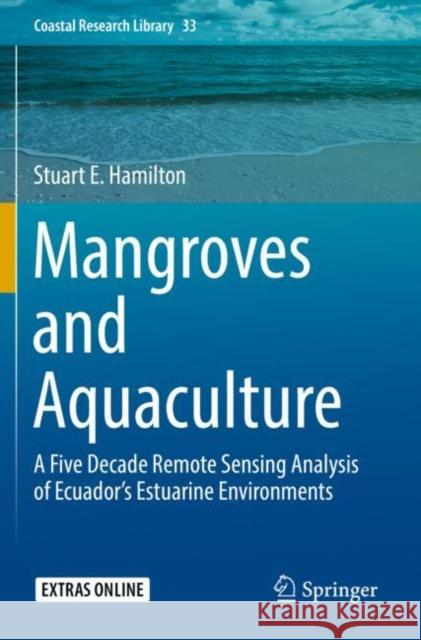Mangroves and Aquaculture: A Five Decade Remote Sensing Analysis of Ecuador's Estuarine Environments » książka
topmenu
Mangroves and Aquaculture: A Five Decade Remote Sensing Analysis of Ecuador's Estuarine Environments
ISBN-13: 9783030222420 / Angielski / Miękka / 2020 / 195 str.
Mangroves and Aquaculture: A Five Decade Remote Sensing Analysis of Ecuador's Estuarine Environments
ISBN-13: 9783030222420 / Angielski / Miękka / 2020 / 195 str.
cena 384,63 zł
(netto: 366,31 VAT: 5%)
Najniższa cena z 30 dni: 382,84 zł
(netto: 366,31 VAT: 5%)
Najniższa cena z 30 dni: 382,84 zł
Termin realizacji zamówienia:
ok. 20 dni roboczych.
ok. 20 dni roboczych.
Darmowa dostawa!
Kategorie:
Kategorie BISAC:
Wydawca:
Springer
Seria wydawnicza:
Język:
Angielski
ISBN-13:
9783030222420
Rok wydania:
2020
Wydanie:
2020
Numer serii:
000417654
Ilość stron:
195
Oprawa:
Miękka
Wolumenów:
01











